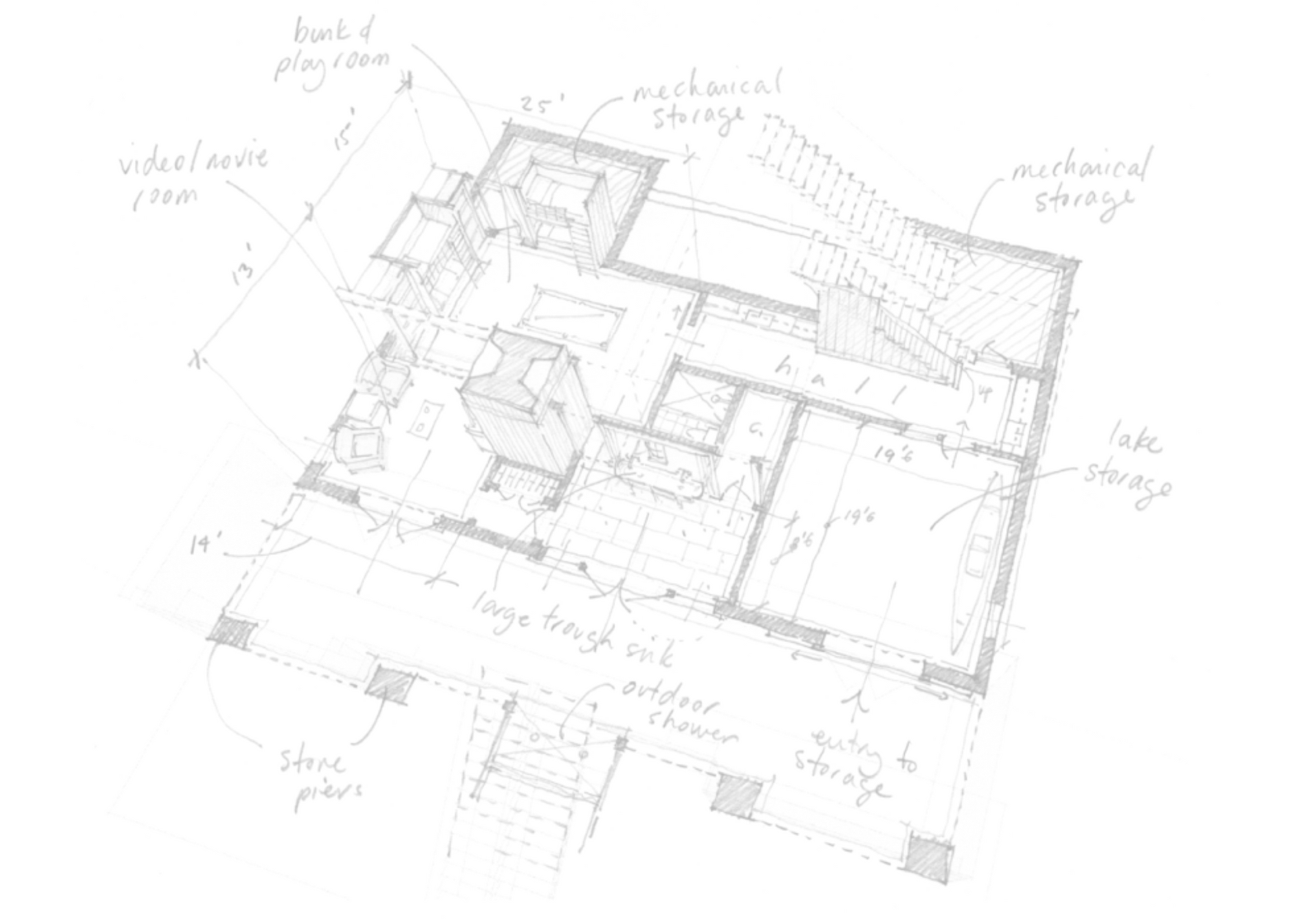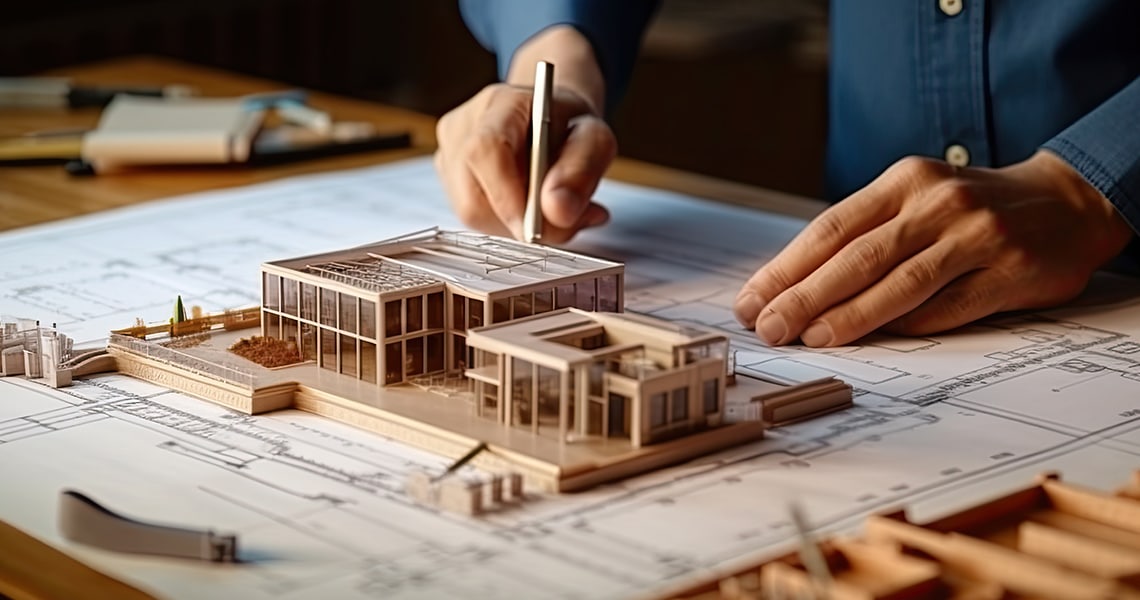Discover Prize-winning Tasks by Prominent CDA Architects
Discover Prize-winning Tasks by Prominent CDA Architects
Blog Article
A Comprehensive Overview of Building Designs and Their Influence on Modern City Planning and Development
Architectural styles have actually long worked as a mirror to the social worths and technical innovations of their time, playing a crucial duty fit contemporary city planning and development. From the majesty of Neoclassicism to the practical technique of Brutalism, each style has presented one-of-a-kind ideas that influence urban looks and functionality. As contemporary obstacles develop, including sustainability and community demands, recognizing these historical frameworks comes to be necessary. The resulting dialogue not only educates future style practices yet likewise raises important questions concerning the balance in between heritage and development in our evolving metropolitan landscapes.
Historical Review of Building Styles
Throughout history, architectural designs have advanced in reaction to social, technological, and ecological variables. Each period shows the dominating values, beliefs, and improvements of its time, leading to a rich tapestry of style that indicates human creativity and adaptation. The old human beings, such as the Egyptians and Greeks, established foundational designs that stressed proportion and proportion, offering both useful and visual purposes.
As cultures transitioned with the Center Ages, Gothic architecture emerged, identified by its verticality and intricate detailing, mirroring the spiritual ambitions of the period. The Renaissance noted a rebirth of classical ideals, merging art and design in cutting-edge manner ins which influenced subsequent styles across Europe.
The Industrial Transformation presented new materials and building strategies, motivating activities like Innovation, which tested traditional forms and embraced simplicity and performance. The 20th century saw a diversification of styles, with Postmodernism reacting against the stark minimalism of its predecessor, incorporating historical referrals and diverse components.
Today, architectural designs proceed to advance, driven by globalization and sustainability problems, mirroring a vibrant interaction in between heritage and advancement. This historical summary highlights the significance of architecture as a mirror of social advancement and as a stimulant for city advancement.
Secret Architectural Styles Explained
The diversity of building styles reflects the myriad impacts that form our developed environment, each embodying distinctive attributes and cultural significances. Trick building styles consist of Classic, Gothic, Baroque, Modernism, and Postmodernism, each representing one-of-a-kind historic contexts and aesthetic ideologies.
Timeless architecture, rooted in old Greece and Rome, highlights balance, percentage, and making use of columns. On the other hand, Gothic design, thriving in the Center Ages, is defined by sharp arches, ribbed safes, and flying buttresses, creating an aerial quality in sanctuaries. Baroque architecture, emerging in the 17th century, is noted by grandeur, sophisticated embellishment, and a dynamic interplay of light and darkness.

Recognizing these styles provides insight into the social narratives and technical advancements of their respective eras, highlighting how design offers not equally as a sanctuary, but as a representation of social worths and desires.
Influence On Urban Planning
In shaping the growth of cities, architectural styles dramatically affect city planning choices. The option of architectural design commonly dictates the aesthetics, performance, and overall personality of metropolitan environments.
Moreover, building designs can affect zoning laws and land make use of important link plans. Urban organizers need to think about the dominating building patterns when making districts, making sure that new blog here growths balance with existing frameworks. This consideration promotes natural metropolitan landscapes and boosts community identity.
The execution of specific building designs can additionally affect socioeconomic elements within a city. As an example, high-end contemporary layouts might bring in upscale citizens and businesses, bring about gentrification, while extra inexpensive real estate services could focus on sensible and sustainable styles to accommodate varied populations. Inevitably, the interaction in between building designs and urban planning creates dynamic cities that mirror both historical context and contemporary requirements, forming the lived experiences of their citizens.
Sustainability and Modern Architecture
Architectural designs play an essential role in resolving modern challenges, particularly in the realm of sustainability. As city areas increase and ecological issues magnify, contemporary architecture progressively embraces sustainable layout concepts that focus on power read review effectiveness, resource conservation, and minimal ecological influence.
Contemporary building motions, such as biophilic style and green style, supporter for structures that balance with their environments, utilizing all-natural materials and advertising biodiversity - cda architects. These designs usually include eco-friendly energy resources, such as photovoltaic panels and wind turbines, to lower dependence on fossil fuels and reduced carbon impacts
Moreover, the combination of sophisticated modern technologies, such as clever building systems, boosts power management, enhancing resource usage while making sure owner convenience. Cutting-edge water monitoring techniques, consisting of rainwater harvesting and greywater recycling, more add to lasting city atmospheres.
Notably, sustainability expands past environmental worries; it incorporates social and economic measurements. By cultivating area health and promoting inclusivity, contemporary architectural styles straighten with lasting advancement goals. As a result, the advancement of building practices continues to form durable cities that not only fulfill the requirements of the here and now but additionally protect the future for generations to come.
Community Interaction in Layout
Neighborhood interaction in style works as an essential bridge in between engineers and the populations they offer, guaranteeing that the constructed environment shows the needs and goals of its customers. This collaborative procedure invites area participants to contribute their understandings and preferences, fostering a feeling of ownership and obligation towards the rooms they populate.
Efficient neighborhood engagement uses different methods, such as workshops, studies, and public forums, to gather varied point of views (cda architects). These strategies promote a two-way discussion, permitting engineers to understand neighborhood contexts while encouraging homeowners to articulate their issues and wishes. This inclusivity not just boosts the style top quality but likewise promotes social equity by addressing the unique challenges faced by marginalized groups

Verdict
Architectural designs have actually profoundly influenced contemporary city planning and development, reflecting evolving social and technological contexts. The assimilation of historical looks with contemporary demands promotes urban atmospheres that focus on sustainability and area involvement. As cities continue to grow and adjust, the ongoing discussion in between architectural heritage and modern style concepts will certainly stay vital in creating inclusive, lively rooms that enhance lifestyle and promote social equity. The future of metropolitan growth rest on this harmonious balance.
Report this page